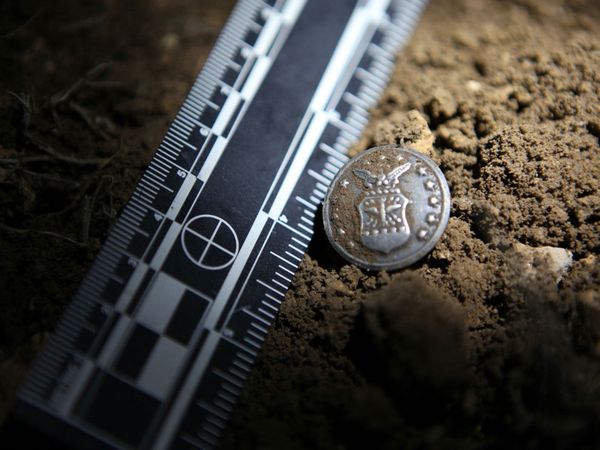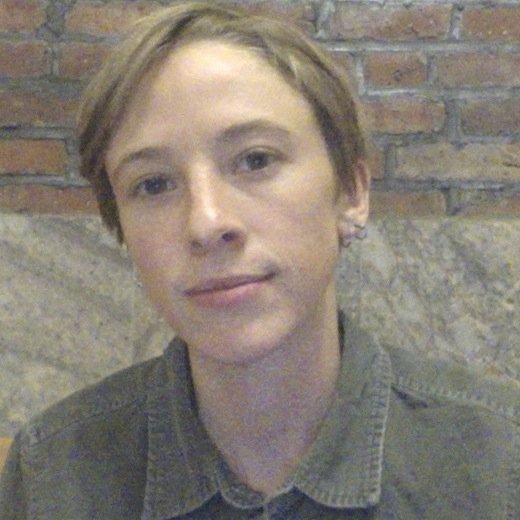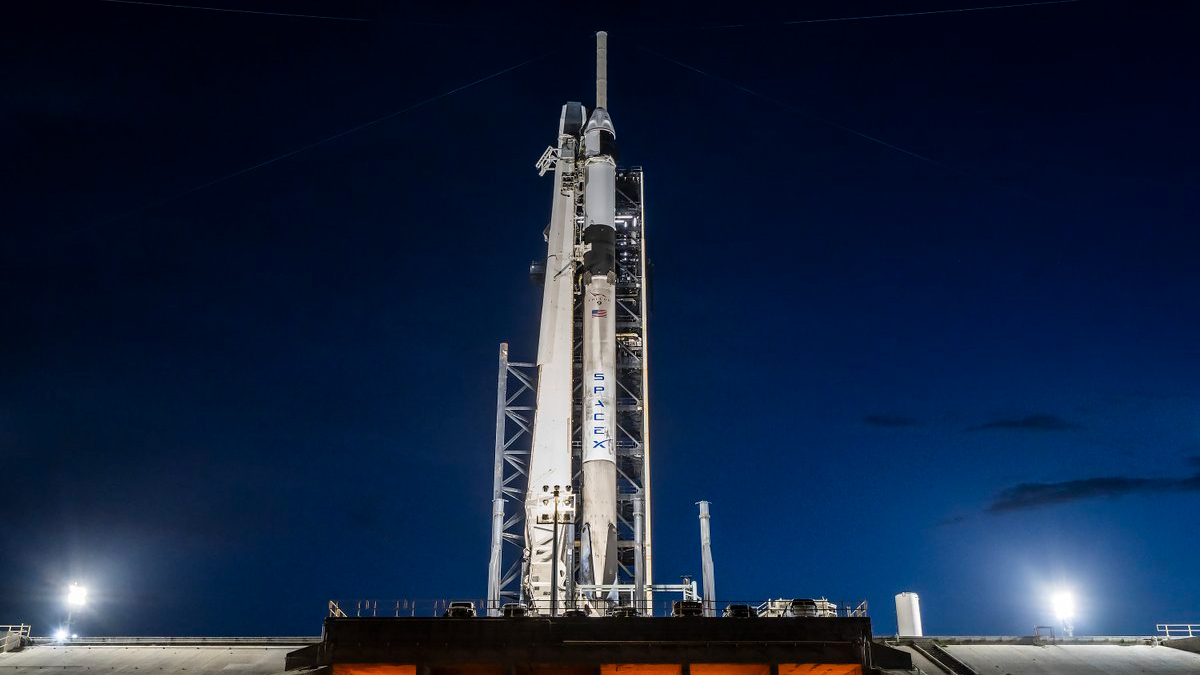Roswell, Other Famous UFO Claims Get a Fresh Look

Did a UFO really crash near Roswell, N.M., in 1947? What was that mysterious triangle of lights that hundreds of people spotted over Phoenix, Ariz., last fall? Are alleged alien abductees telling the truth? For a new series on the National Geographic Channel called "Chasing UFOs," a team of investigators visited UFO hotspots around the world and interviewed witnesses in an attempt to address some of history's most famous purported evidence that aliens have visited Earth.
We caught up with Ben McGee, a geoscientist and the lead field researcher on the UFO-chasing team, as well as its only skeptic, to get a taste of what he and his team discovered.
"I tried to help illustrate applying critical analysis to the range of alleged evidence," McGee told Life's Little Mysteries."The difference between UFO believers and astronomers is on the one hand you have people who find the data to support their hypothesis, and on the other you have the guys who attack their own hypothesis — who know there's a huge range of possible other explanations."
Military action
At Roswell, McGee and his team conducted a "recon-style survey" of the area around the alleged UFO crash site, testing for radiation and geomagnetic activity. They got lucky.
"We were doing some perimeter sweeps with metal detectors and got a hit," he said — it was a button from an Air Force member's coat.
"That jived with some of the alleged 'witness testimony' that said there was Air Force personnel sweeping the area after the crash to clean up debris," McGee said. But it also jives with what has been the military's story all along: that they were actually recovering debris from a crashed high-altitude surveillance balloon at the site rather than a flying saucer and its occupants. "Just because the military was there doesn't mean an alien was there," he said. [A Look Back at the Origin of the Flying Saucer Myth]
Breaking space news, the latest updates on rocket launches, skywatching events and more!
Triangle over Phoenix
The UFO chasers made another stop in the Southwest, in Phoenix, and spoke to people who saw a bizarre triangle of green lights moving slowly across the evening sky last September. The lights were definitely real — they were seen by many and recorded on video — but were they a UFO?
McGee, who does consulting work in the commercial space industry, has an alternative theory. He said a company called JP Aerospace is experimenting with balloon-based exploration, and is using enormous, silent V-shape craft that consist of two giant airships attached to a transfer station. Variations of the clever design are probably being tested by others, too, he said. "I would be shocked if the government wasn't using something similar, and that's a possible explanation for the Phoenix sighting." [7 Things Most Often Mistaken for UFOs]
Questionable accounts
The UFO chasers also interviewed many credible witnesses who believe Earth is being visited by aliens, including the moon-walking Apollo 14 astronaut Ed Mitchell. They also spoke to three women who claimed to have seen an injured alien creature near an alleged UFO crash site in Varginha, Brazil in 1996, and to a self-described alien abduction survivor in Colorado. One of McGee's fellow investigators on the show, James Fox, a ufologist and filmmaker, became convinced that the witnesses were telling the truth. McGee did not.
"James Fox is not a blind believer; he is very reasonable. But he tends to believe people if he doesn't see a reason for them to lie," McGee said. "But as a scientist, I know that human testimony is one of the least reliable types of data there is. It won't convince me of anything, especially if it's something extraordinary." [The Surprising Origin of Alien Abduction Stories]
"Chasing UFOs" documents these and other exploits by McGee, Fox and fellow investigator Erin Ryder. The weekly series premieres on the National Geographic Channel Friday (June 29) at 9 p.m. ET/PT, with a second episode the first week at 10 p.m.
"People who are curious about UFOs are asking the right sorts of questions. They are curious about the possibility of life in the universe. This project has been an opportunity to engage with them," McGee said, "and to let people know there's no such thing as a bad question."
This story was provided by Life's Little Mysteries, a sister site to SPACE.com. Follow Natalie Wolchover on Twitter @nattyover. Follow Life's Little Mysteries on Twitter @llmysteries. We're also on Facebook & Google+.
Join our Space Forums to keep talking space on the latest missions, night sky and more! And if you have a news tip, correction or comment, let us know at: community@space.com.

Natalie Wolchover was a staff writer for Live Science and a contributor to Space.com from 2010 to 2012. She is now a senior writer and editor at Quanta Magazine, where she specializes in the physical sciences. Her writing has appeared in publications including Popular Science and Nature and has been included in The Best American Science and Nature Writing. She holds a bachelor's degree in physics from Tufts University and has studied physics at the University of California, Berkeley.

